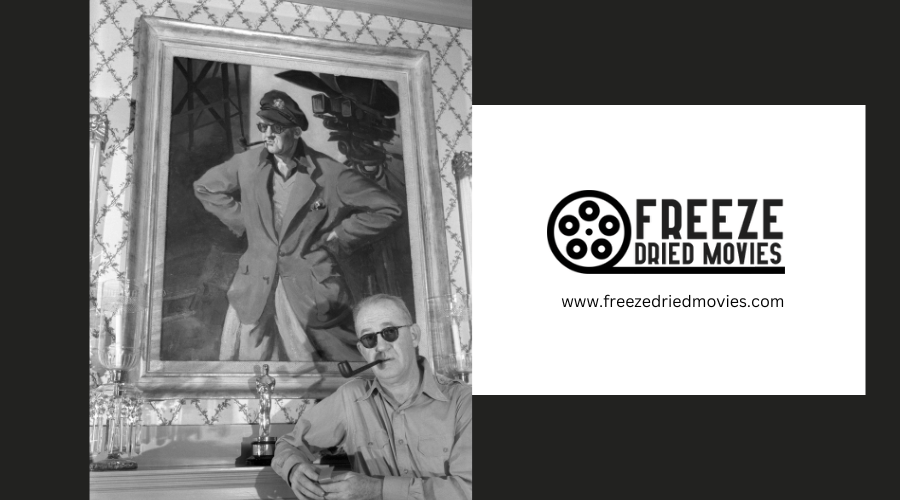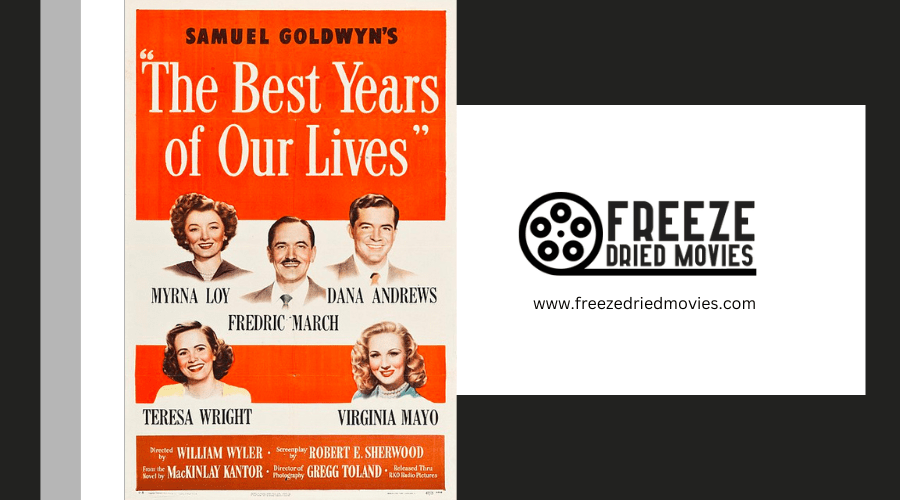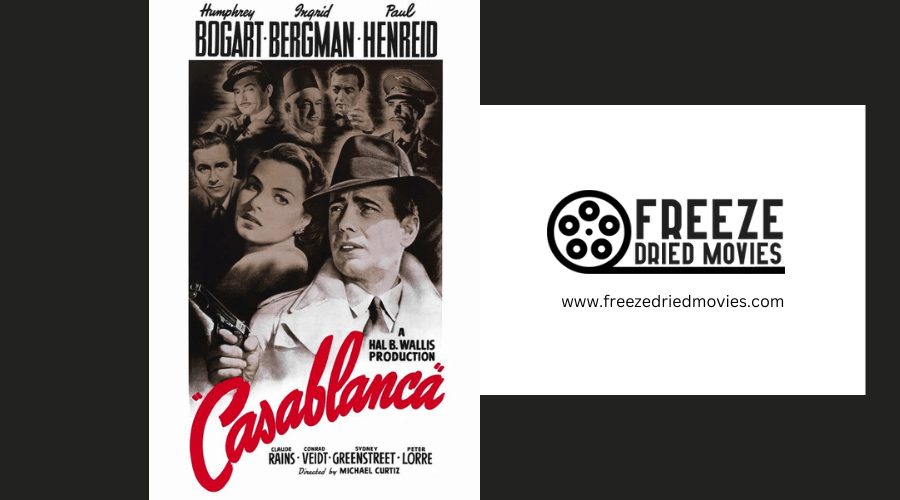What Themes Were Predominant in 1950s Western Films?
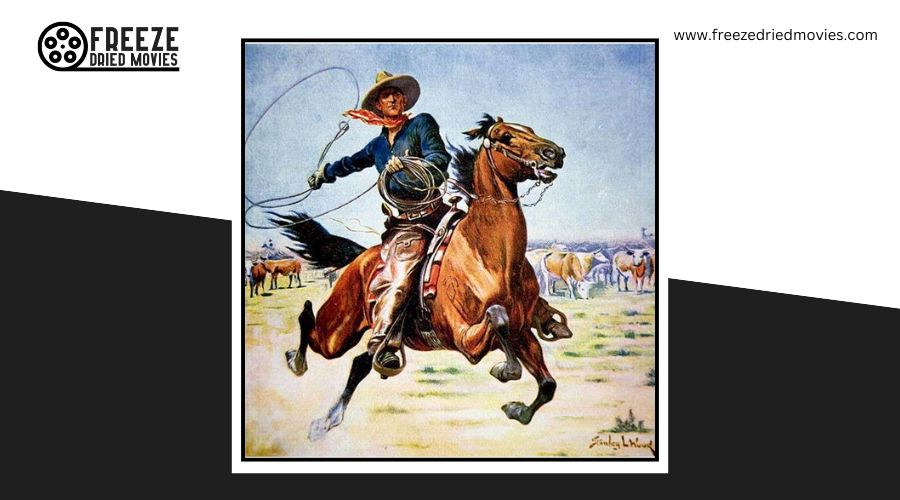
In the 1950s, Western films predominantly showcased themes of rugged individualism, reflecting the self-reliance valued in expansive, untamed landscapes. Cowboys often embodied resilience and independence, mirroring the post-war American ethos. These films also grappled with moral justice, focusing on the conflict between right and wrong and underscoring the importance of ethical integrity and the re-establishment of moral order.
Additionally, the tension between civilization and wilderness was a recurrent theme, particularly in the portrayal of settlers' conflicts with Native Americans, which mirrored broader societal anxieties of the era. These themes not only enriched the narrative of American cinema but also deeply influenced the nation's cultural values.
Rugged Individualism
The concept of rugged individualism, often depicted in 1950s Western films, portrayed characters exemplifying self-reliance and independence, reflecting post-war American values. These films featured cowboys and gunslingers who tackled the challenges of wild, untamed landscapes alone, symbolizing the resilience and recovery of the nation itself. These characters, facing adversities without reliance on others, underscored the virtues of independence and personal strength.
In these narratives, the vast open frontier served as a metaphor for boundless opportunities, suggesting that perseverance and determination were key to success. This portrayal aligned with the broader American ethos of the era, which emphasized overcoming difficulties and taking charge of one's future.
The recurring theme in these films highlighted the importance of individual accountability and the belief in the power and dignity of the individual. This resonated with American audiences, reinforcing deeply held national values of autonomy and personal agency. The films weren't merely entertaining; they were cultural affirmations of individualistic ideals prevalent during the post-war period.
Moral Justice
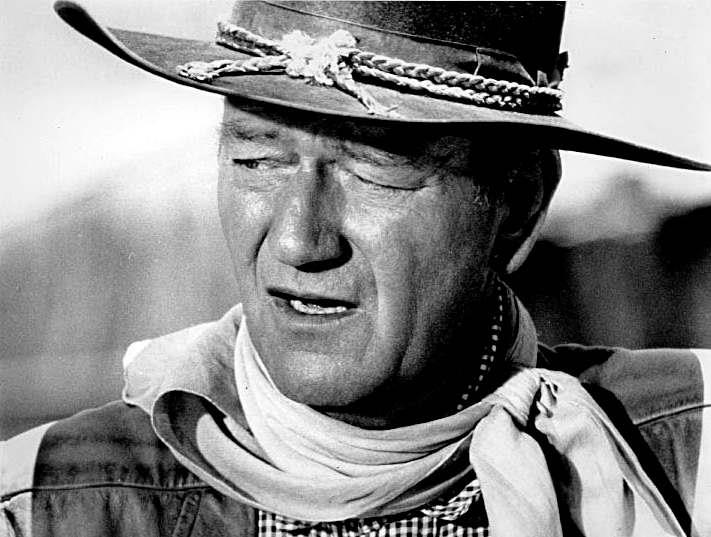
In 1950s Western films, the concept of moral justice was central, emphasizing characters' commitment to distinguishing right from wrong. These films clearly demarcated good and evil, often presenting characters faced with significant moral challenges. The decisions they made were crucial not only to resolving conflicts but also to preserving communal harmony.
Characters such as lawmen and vigilantes were portrayed not merely as combatants but as upholders of justice, tasked with making ethical decisions against formidable challenges. This depiction went beyond mere legal adherence; it underscored the importance of ethical conduct amid temptation and adversity. As viewers, these narratives engaged you, presenting dilemmas where the morally correct choices typically came with great personal sacrifice. They mirror the values of the era and resonate with universal aspirations toward integrity.
Thus, the portrayal of moral justice in these films did more than entertain; it reinforced the notion that ethical integrity is vital for societal prosperity. Through their actions, the characters not only addressed the immediate crises but also restored moral order, underlining the significance of ethical behavior in both the cinematic and real worlds.
Civilization Vs. Wilderness
In 1950s Western films, the recurring theme of civilization versus wilderness illustrates the conflict between settlers who aimed to cultivate the land and Native Americans who represented the untamed spirit of the wilderness. These films depict the expansion of towns and railways as symbols of progress, directly opposing the preservation of the natural environment championed by those who valued the wilderness.
This theme reflects broader post-World War II American cultural anxieties about rapid industrialization and societal expansion. The settlers in these films are portrayed as enforcers of a structured, civilized order, while characters associated with Native Americans or individualistic frontiersmen embody resistance to this expansion, emphasizing the inherent value and freedom of the wilderness.
The ongoing tension between the drive for progress and the push for preservation depicted in these films offers a narrative framework that not only entertains but also encourages reflection on the real-world consequences of such conflicts. This dynamic portrays the clash of ideals—civilization's order versus the virtues of untamed nature—as a central, thought-provoking element of the genre.
Good Vs. Evil
Reflecting the moral values of the 1950s, Western films of the era often depicted a clear divide between heroes and villains, symbolizing the struggle between good and evil. These heroes embodied virtues like righteousness and justice, while the villains personified greed and lawlessness. This dichotomy wasn't merely for entertainment; it served to reinforce the moral values of the time and encouraged viewers to reflect on their own ethical decisions.
The narrative of good versus evil in these films acted as a moral guide, aligning with societal norms and values prevalent during the 1950s. The journey of the hero not only showcased the benefits of moral behavior but also the repercussions of malevolent actions. By observing the hero's virtuous choices and the villain's ultimate defeat, the message was clear: justice tends to prevail.
Through their straightforward portrayal of characters, 1950s Westerns conveyed powerful lessons about morality and justice that resonated with the societal expectations of the era. These films were more than just entertainment; they were a medium for imparting significant moral messages, emphasizing the importance of ethical conduct and the impact of personal choices.
Honor and Loyalty
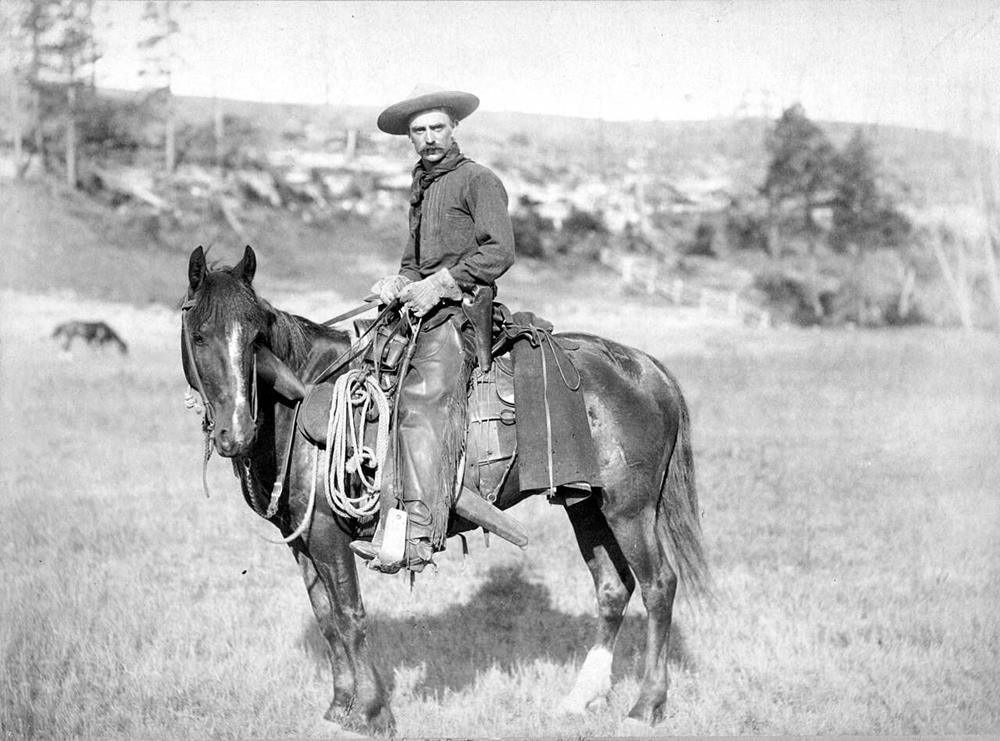
Honor and loyalty are central themes in 1950s Western films, emphasizing the significance of integrity and unwavering principles amidst the challenges of the Old West. These films often depict cowboys and lawmen confronted with ethical dilemmas, wherein their choices under pressure reveal their true character. The focus extends beyond mere physical confrontations to the ethical decisions that affirm their honor.
Loyalty is portrayed not merely as a characteristic but as a fundamental attribute of the heroes, who often prioritize the welfare of their friends and communities, even at personal risk. This deep-rooted loyalty not only defines their heroism but also cements their status as foundational members of their communities, reflecting the values esteemed in the 1950s.
To illustrate these concepts more concretely:
| Theme | Example in Westerns | Impact on Character |
|---|---|---|
| Honor | Upholding justice | Defines heroism |
| Loyalty | Protecting comrades | Strengthens bonds |
| Integrity | Staying true to one's word | Builds trust |
In essence, honor, loyalty, and integrity in 1950s Western films serve not merely as narrative elements but as the ethical framework that guides the protagonists through their trials in the Old West. These themes are crucial for understanding the moral landscape of the genre and the enduring appeal of these cinematic heroes.
Romanticized American West
While 1950s Western films often depicted honor and loyalty as central virtues, they also portrayed the American West as a realm full of potential and adventure. These films represented the West as a wild and untamed frontier, a vast landscape open to the daring. They framed this era as one of manifest destiny, where taming the wilderness was seen as the ultimate challenge and triumph.
This portrayal romanticized the American West as a symbol of freedom and individualism. Film characters typically exemplified the pioneer spirit, bravely exploring the unknown to establish a life in a region depicted as both daunting and magnificent. The attraction lay not only in the adventures but also in the opportunity for new beginnings, drawing both visionaries and pragmatists who wished to test their resilience in idealized, expansive settings.
Additionally, the film's striking visual depiction of broad vistas and towering mountains enhanced the allure of the West. It was presented not merely as a territory to be dominated but as a stunning environment where each new horizon offered more than land—it promised the possibility of creating a significant life. These elements collectively shaped a persuasive and romantic vision of the American West in the 1950s.
Adventure and Danger
Exploring the untamed American frontier, 1950s Western films depicted characters in a world filled with adventure and danger. These films featured cowboys, lawmen, and outlaws navigating perilous environments, with the vast open landscapes playing a crucial role in the unfolding drama.
Visual and emotional highlights included horseback chases across expansive terrains, accompanied by a dramatic musical score, and gunfights that broke out in dusty streets or during tense poker games. These confrontations weren't just thrilling—they were survival battles where only the quickest and most accurate could prevail.
The omnipresent danger in these films heightened the stakes, making every journey beyond town borders a perilous endeavor. Confrontations with outlaws were life-threatening, adding to the suspense and adventure that defined 1950s Westerns. These elements not only engaged audiences but also authentically portrayed the adventurous spirit characteristic of the genre.
Conclusion
1950s Western films delved into more than just cowboys and shootouts. They prominently featured themes of rugged individualism and moral justice, often portraying the tension between civilization and wilderness.
These narratives commonly depicted struggles between good and evil, emphasizing values like honor and loyalty. By presenting a romanticized view of the American West, these films played a significant role in shaping America's cultural identity, offering viewers tales filled with adventure and peril.

